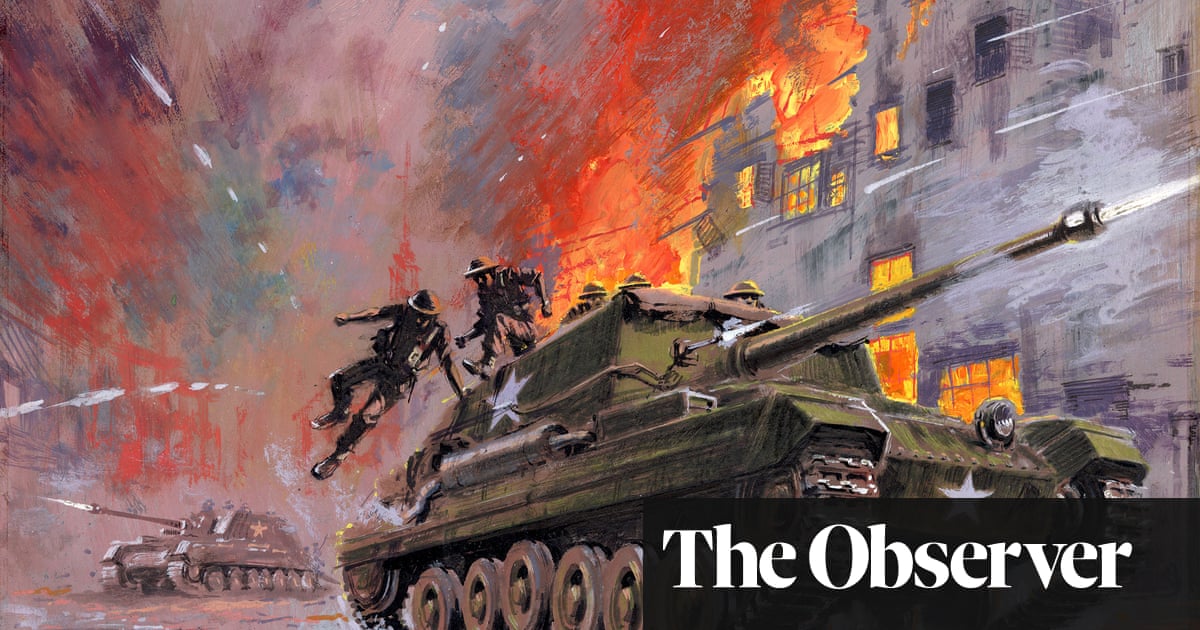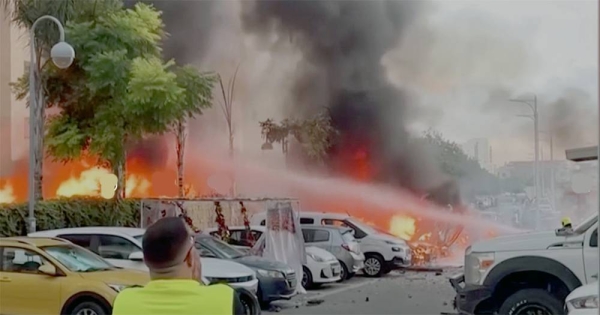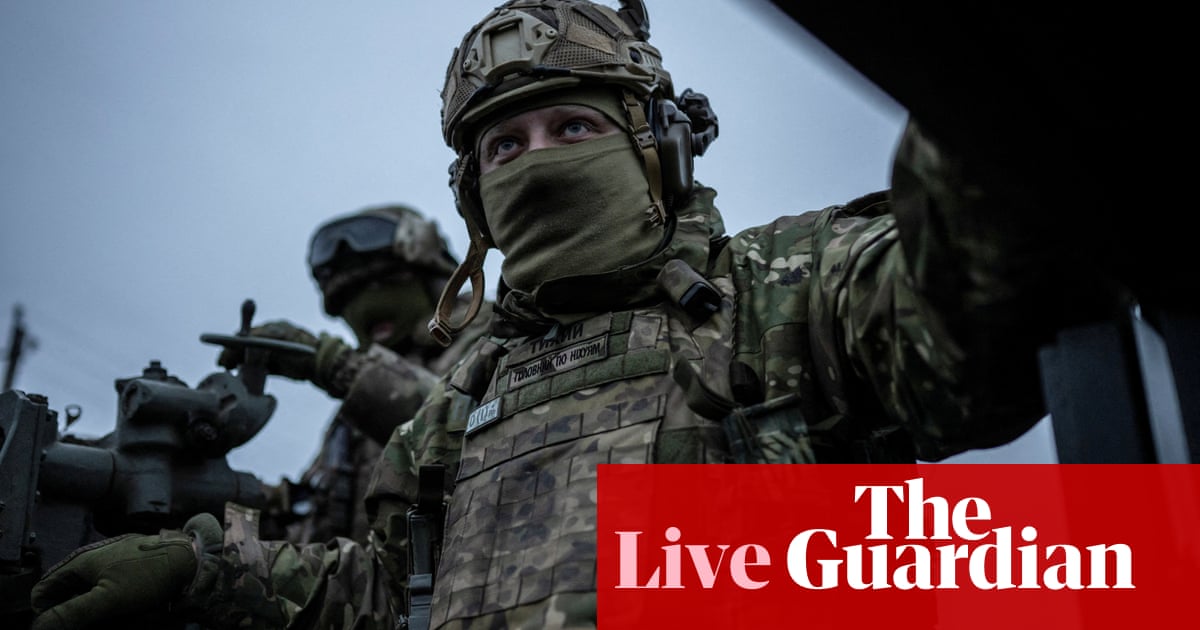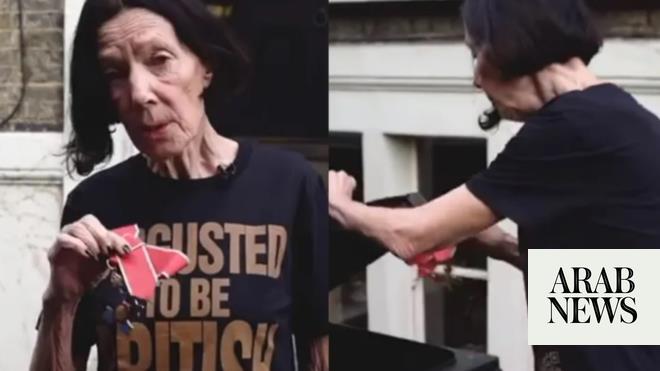
When the war comic was at the height of its popularity, titles included Battle, Warlord, Valiant, the Hotspur and the pocket-sized Commando, which is still published today.
Many of the stories published in the 1950s and 1960s relayed the gung-ho heroics of plucky British troops, often up against the odds, fighting two-dimensional German foes who routinely barked phrases such as “Schnell!” or “Gott in Himmel!” from their limited vocabulary.
But most of the original artwork for those comics – now worth hundreds and sometimes thousands of pounds – was seen as of little value at the time, and was binned, burned or used to mop up floods in the basement of the publisher. Now a dedicated platoon of comic collectors and researchers has tracked down the surviving pieces and the results are to be shown in an exhibition telling the story of the British war comic.
Predominantly featuring original pages from the likes of the War Picture Library or the Battle and Action comics of the 1960s and 1970s, the exhibition, at the Soldiers of Oxfordshire Museum in Woodstock from next month, will showcase the gritty artwork that made war comics so popular.
But very few original pieces survive, and Oxford-based Rebellion – the comics company that publishes science fiction weekly 2000AD and which has collaborated with the museum on the show – has been on a mission to gather up those that have.
In 2016, Rebellion acquired the archives of Fleetway/IPC, once one of Britain’s biggest comics publishers. But though the comics were preserved on microfiche, there had been less care to archive the original artwork back in the 1960s and 70s. Pat Mills, who is credited with revitalising children’s comics in the 1970s when he launched titles such as Battle, Action and 2000AD, tells of “horror stories” of original comic art, having been printed in the weekly editions, being thrown in skips or burned.
“IPC/Fleetway was based at Fleetway House in Farringdon Street and the underground River Fleet ran through a huge pipe in the basement where the comic art was stored in the 1960s and 1970s,” he said. “It was prone to flooding, so art pages on the lower shelves were often ruined. Some artwork was so large it didn’t fit the shelves, and the brown-uniformed storemen would slice off the bits sticking out. Great art was used to bung up a drain and as backing board for workmen playing darts.”
Michael Molcher, brand manager for Rebellion, has heard similar stories about original artwork being used to mop up basement leaks, or routinely thrown away.
Original comic art today fetches impressive prices on the collectors’ market. “Since acquiring the IPC/Fleetway archive we’ve scoured the world trying to acquire what original artwork survives,” said Molcher.
“We’re delighted to present some of it to the public for the very first timein this exhibition of war comics.”
Conflict has always been a staple of comics and by the 1960s and 70s war stories were the most popular genre.
The exhibition tells the story of war comics decade by decade, from the satirical strips and patriotic illustrated story papers of the 19th and early 20th century to the revolutionary comics of the 1970s, which presented much grittier, authentic and emotionally charged stories.
“Long-time readers of comics will be given a nostalgic look at some of their favourites,” said Molcher. “While more recent fans will gain an insight into how their favourite medium has developed over the years.”
The narratives of the early comics changed in the 1970s when Mills became a leading light in the field – particularly when he wrote Charley’s War with artist Joe Colquhoun. Charley’s War was set in the first world war, and turned its unflinching gaze not on glory, but the horror of conflict.
“Charley’s War slipped under the wire,” said Mills. “It appeared to be a typical war story until you read it. That was very deliberate on my part.”
“Everyone assumed that young readers were only interested in action. Charley’s War proved them wrong. It was the No 1 story in Battle for its entire run, which is amazing because it’s such an anti-war story.”
Molcher says Charley’s War, featured in the exhibition, is “regarded as one of the greatest war comics ever”. It is still in print today, in collected editions put out by Rebellion.
The company has also revived the merged Battle/Actionfor a 21st-century audience title, featuring writers and artists such as Garth Ennis (Preacher, The Boys), Keith Burns (Commando comics) and Dan Abnett (Marvel Comics).
The newer versions follow in the footsteps of Charley’s War to present the grim reality of conflict. And, says Mills, the original strip had a lasting effect with young readers. “One told me they found Charley’s War so traumatising as an eight-year-old that “I binned my aspiration of following my dad’s footsteps and joining the British army’,” says Mills. “I’ve heard the same from other army children.”
Into Battle: The Art of British War Comics opens on 1 October at the Soldiers of Oxfordshire Museum. See sofo.org.uk for details.












